Paris is a living museum, but beyond the iconic institutions that draw massive crowds lies a constellation of lesser-known museums offering equally remarkable experiences. While millions queue for the Louvre, Orsay, and Pompidou each year, savvy travelers can discover extraordinary collections housed in historic buildings throughout the city without the overwhelming crowds.
Here is a list of 20 underrated Paris museums that deserve your attention. These museums often provide more intimate, authentic experiences than their famous counterparts.
Musée de la Chasse et de la Nature

Hidden in the Marais district, this hunting and nature museum transcends its potentially narrow theme by blending contemporary art installations with traditional hunting artifacts in a stunning 17th-century mansion. Rooms feature unexpected juxtapositions like taxidermy animals alongside modern sculptures, creating surreal, dreamlike spaces.
The museum manages to be simultaneously educational and whimsical, with touches of humor throughout its elegantly designed rooms. Even visitors uninterested in hunting find themselves captivated by its unique aesthetic approach.
Musée Jacquemart-André
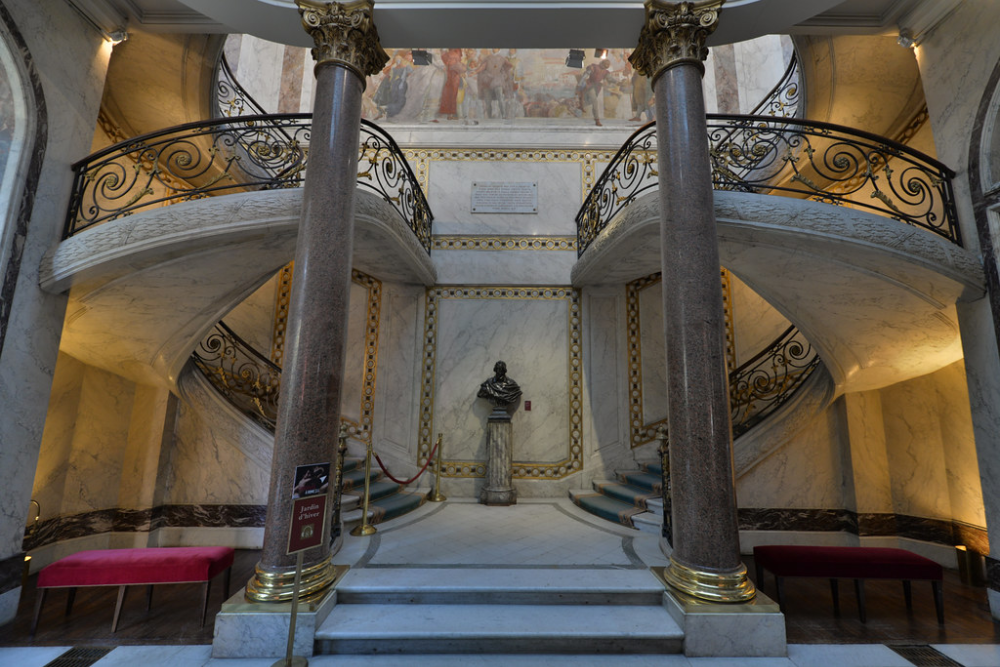
This opulent private mansion showcases how Parisian aristocrats lived during the Belle Époque. The former home of banking heir Édouard André and his artist wife Nélie Jacquemart houses their collection of Italian Renaissance masterpieces, Dutch paintings, and French furniture.
Unlike many museums, the artwork remains displayed in a home setting, creating an intimate atmosphere that larger institutions simply cannot replicate. Their winter garden and café occupy one of the mansion’s most beautiful rooms, making it worth visiting even if art isn’t your primary interest.
Like Travel Pug’s content? Follow us on MSN.
Musée Nissim de Camondo
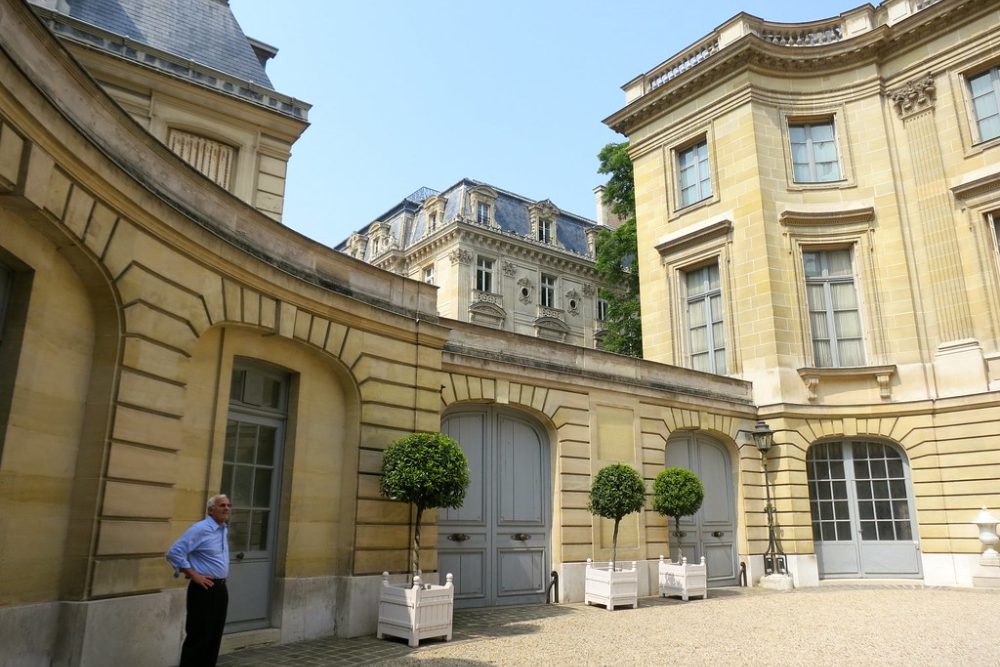
Located near Parc Monceau, this perfectly preserved early 20th-century mansion tells a poignant story of wealth, taste, and tragedy. Banking heir Moïse de Camondo built this home as a replica of the Petit Trianon at Versailles, filling it with the finest 18th-century furniture and art.
He later donated it to France in memory of his son Nissim, who died in World War I. The subsequent tragic fate of his daughter and her family during World War II adds a layer of emotional resonance to this exquisite time capsule of aristocratic Parisian life.
Musée Marmottan Monet
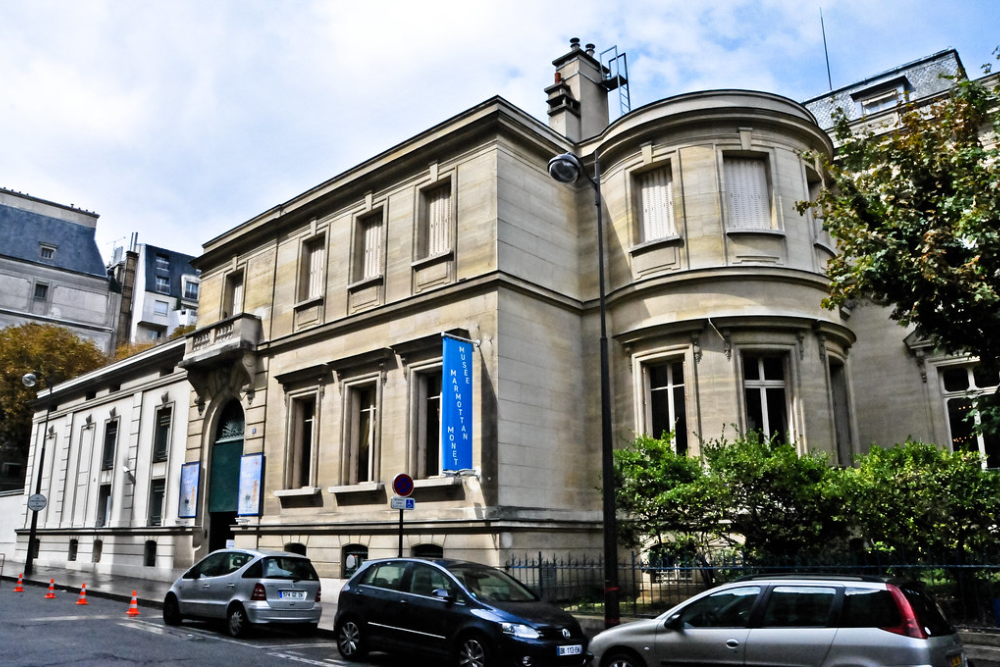
While crowds flock to Orangerie for Monet’s water lilies, this residential museum in the 16th arrondissement houses the largest collection of Monet works anywhere. The museum began as a showcase for Empire-period furniture before receiving a substantial donation from Monet’s son, Michel, transforming it into an Impressionist haven.
The basement gallery’s display of Monet’s massive water lily canvases offers a more contemplative experience than the often-crowded Orangerie. Its location in a former hunting lodge adds architectural interest to an already exceptional collection.
Musée des Arts et Métiers
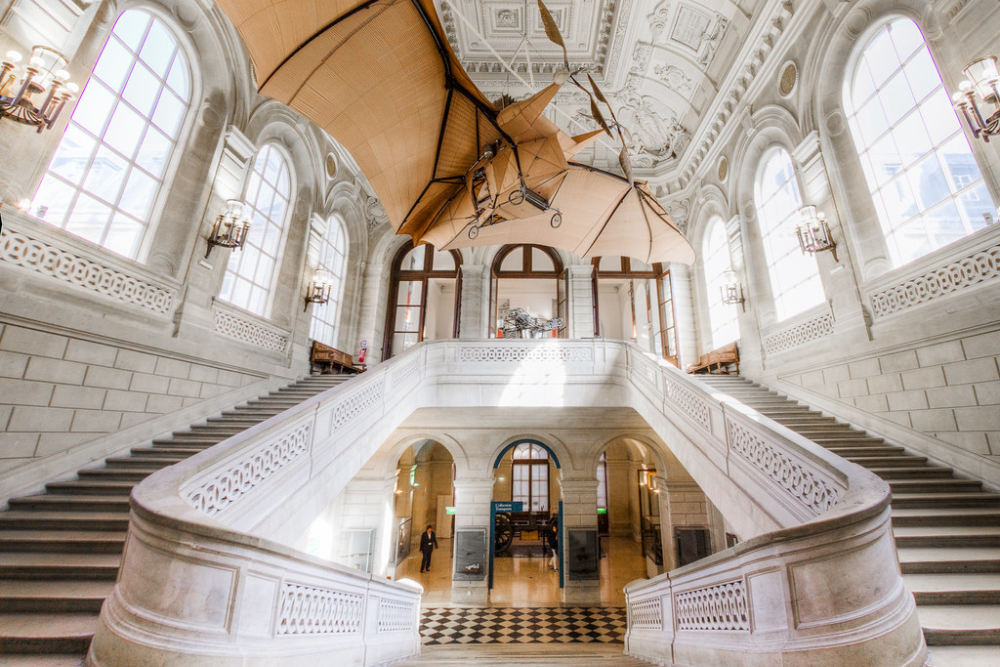
This engineering and technology museum occupies the former priory of Saint-Martin-des-Champs, creating fascinating contrasts between medieval architecture and industrial innovations. Its collection includes Foucault’s original pendulum, early aviation equipment, and antique scientific instruments displayed with remarkable attention to aesthetics.
The converted church space, which houses larger items like vintage automobiles and aircraft, creates one of Paris’s most photogenic museum spaces. Its mixture of scientific significance and visual appeal makes it accessible even to visitors without technical backgrounds.
Like Travel Pug’s content? Follow us on MSN.
Musée Gustave Moreau
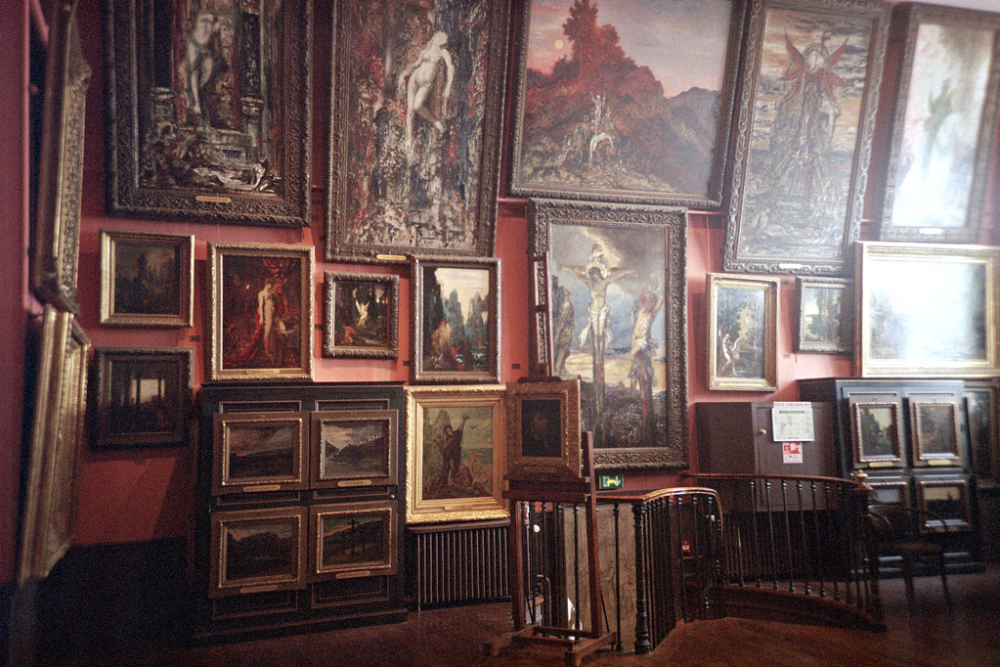
The preserved home and studio of Symbolist painter Gustave Moreau offers one of Paris’s most atmospheric museum experiences. The artist himself transformed his residence into a museum, designing the top-floor studio with soaring ceilings and hundreds of his mystical, dreamlike paintings covering the walls.
The cramped spiral staircase leading to this spectacularly dense display creates a sense of discovery unlike anything in Paris’s larger museums. Its intensely personal nature provides insight into both Moreau’s work and the creative process itself.
Musée de Montmartre
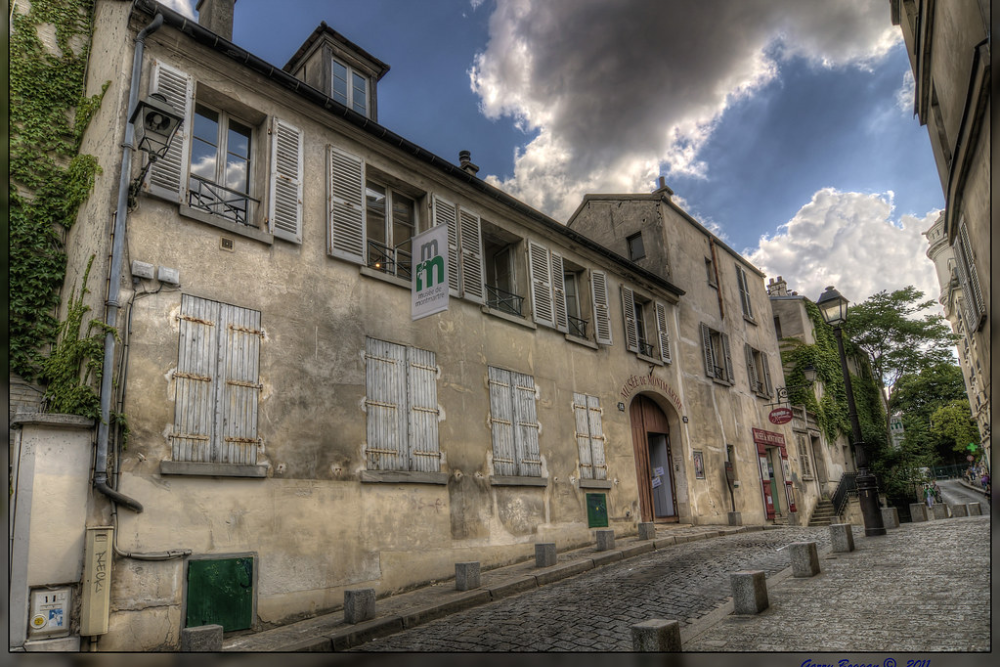
Housed in Montmartre’s oldest building, this charming museum chronicles the bohemian history of Paris’s famous artistic quarter. The former residence of artists, including Renoir and Suzanne Valadon, has been preserved with period furniture and artwork documenting Montmartre’s evolution from a rural village to an artistic hotbed.
Its gardens offer spectacular views over the vineyard of Montmartre, providing context for the many landscapes painted here. While tourists crowd Place du Tertre nearby, this museum offers an authentic insight into the area’s genuine artistic heritage.
Petit Palais
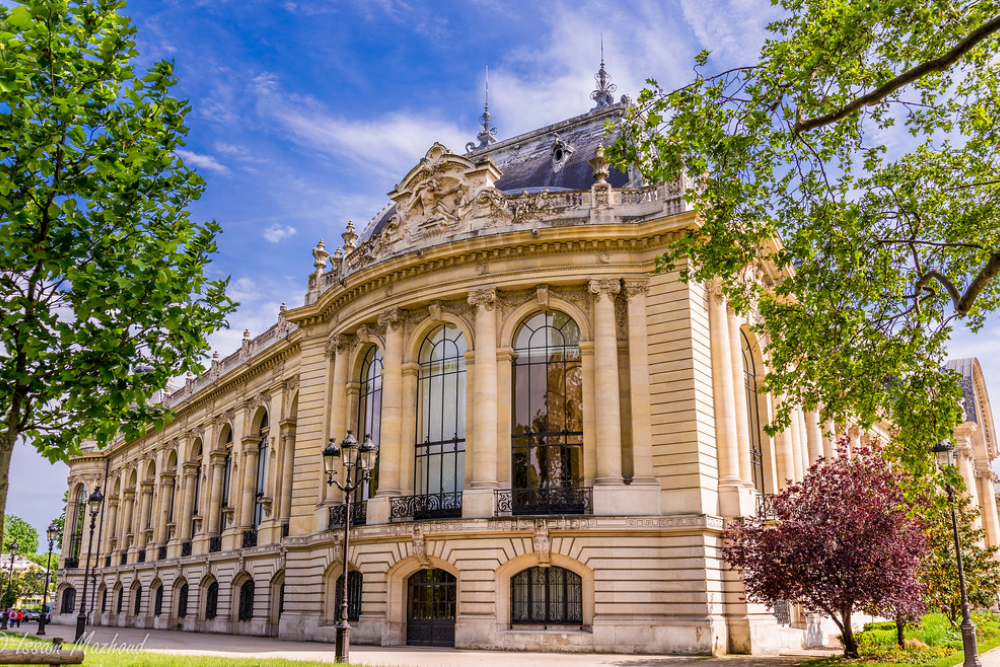
Despite its central location across from the Grand Palais, this municipal fine arts museum remains surprisingly uncrowded. Built for the 1900 Universal Exhibition, the building itself represents a Belle Époque masterpiece with a stunning central garden courtyard.
Its collection spans antiquity through the 20th century, featuring works by Rembrandt, Monet, and Courbet alongside decorative arts displays. The elegant café overlooking the interior garden ranks among Paris’s most pleasant museum refreshment spots.
Best of all, the permanent collection remains completely free to visit.
Like Travel Pug’s content? Follow us on MSN.
Musée de la Vie Romantique
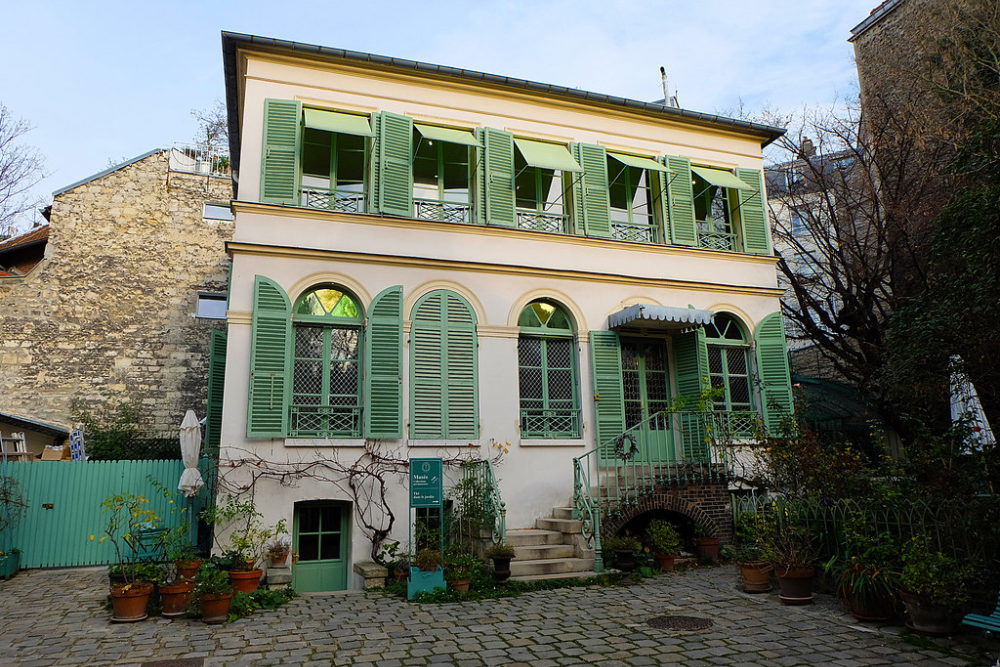
This charming house museum tucked away in the 9th arrondissement evokes the Romantic era through its collection related to novelist George Sand and painter Ary Scheffer. The former residence feels frozen in the 1830s, with period furniture, paintings, and personal items creating an intimate window into Parisian intellectual life.
Its hidden garden tearoom offers one of the city’s most tranquil spots for reflection. The small scale encourages close examination of objects, creating a more personal connection than possible in larger institutions.
Musée Cognacq-Jay
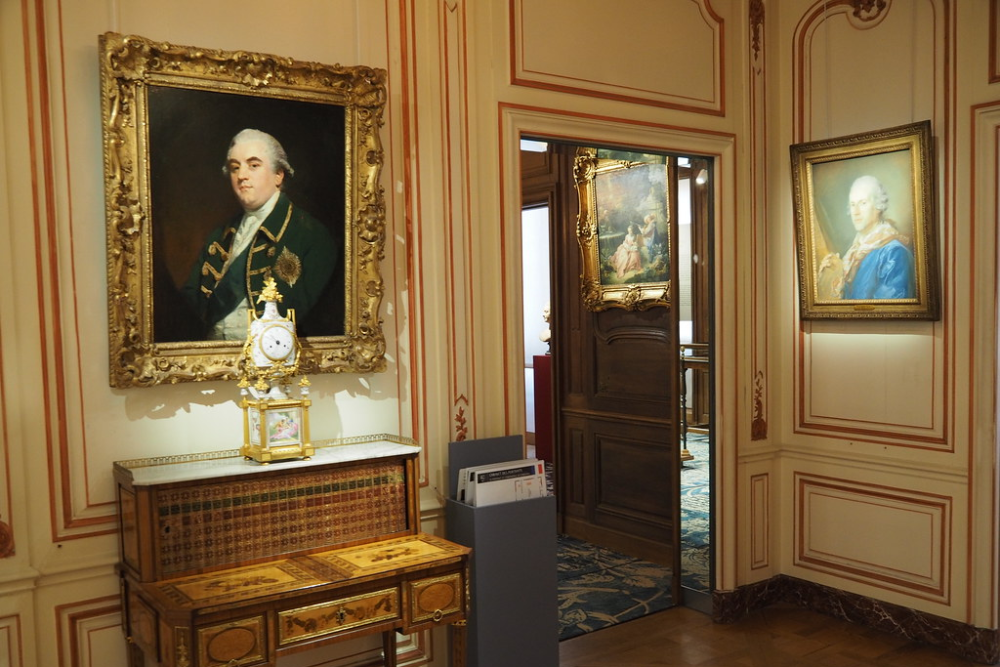
Housed in a restored Marais mansion, this museum displays the personal collection of Samaritaine department store founders Ernest Cognacq and Marie-Louise Jay. Their exceptional assemblage of 18th-century furniture, paintings, sculpture, and decorative objects captures the refined aesthetic of pre-revolutionary France.
The domestic scale of the rooms creates an intimate atmosphere that contextualizes these luxury items in their original setting. Its location on the picturesque rue Elzévir places visitors in one of the Marais’s most authentic historic corners.
Musée Carnavalet
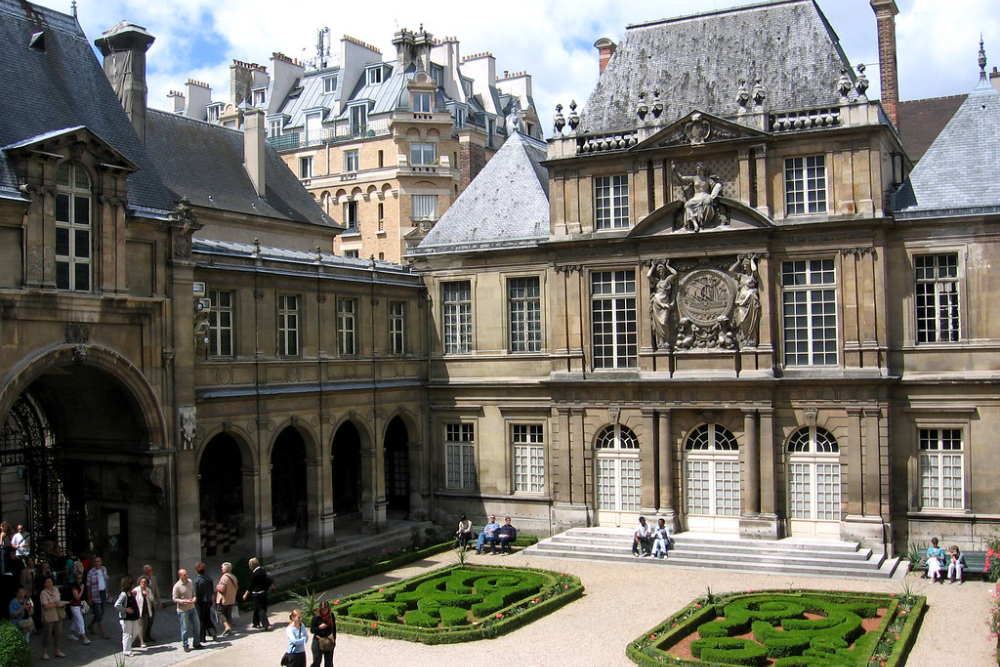
Recently reopened after extensive renovations, this municipal history museum spreads across two connected historic mansions in the Marais. Its collection chronicles Paris’s evolution from prehistory through the present day through paintings, models, room reconstructions, and artifacts.
Highlights include Marcel Proust’s preserved bedroom and signs from historic Parisian businesses. The museum’s organization allows visitors to focus on specific periods rather than attempting to absorb the entire collection, making it more digestible than many larger institutions.
Like Travel Pug’s content? Follow us on MSN.
Musée Eugène Delacroix
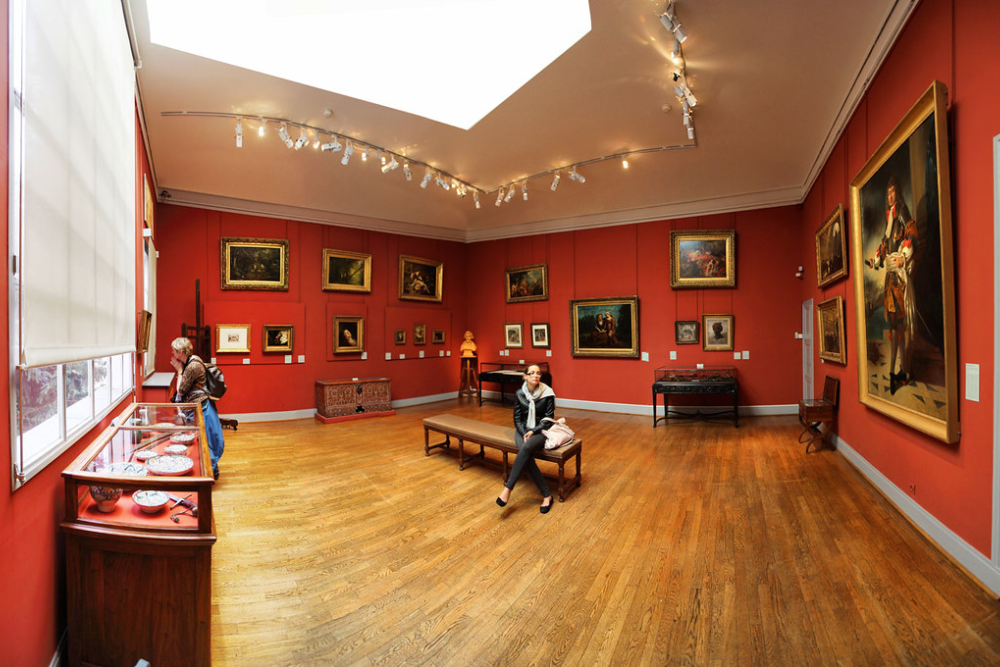
The former apartment and studio of Romantic painter Eugène Delacroix sits tucked away near the buzzing Saint-Germain-des-Prés neighborhood. This intimate space displays finished works alongside sketches and personal items that illuminate the artist’s process and daily life.
The small garden courtyard provides unexpected tranquility just steps from busy boulevards. Its connection to the Louvre allows free entry with a Louvre ticket, yet few visitors make the short walk to this complementary collection.
Musée Bourdelle
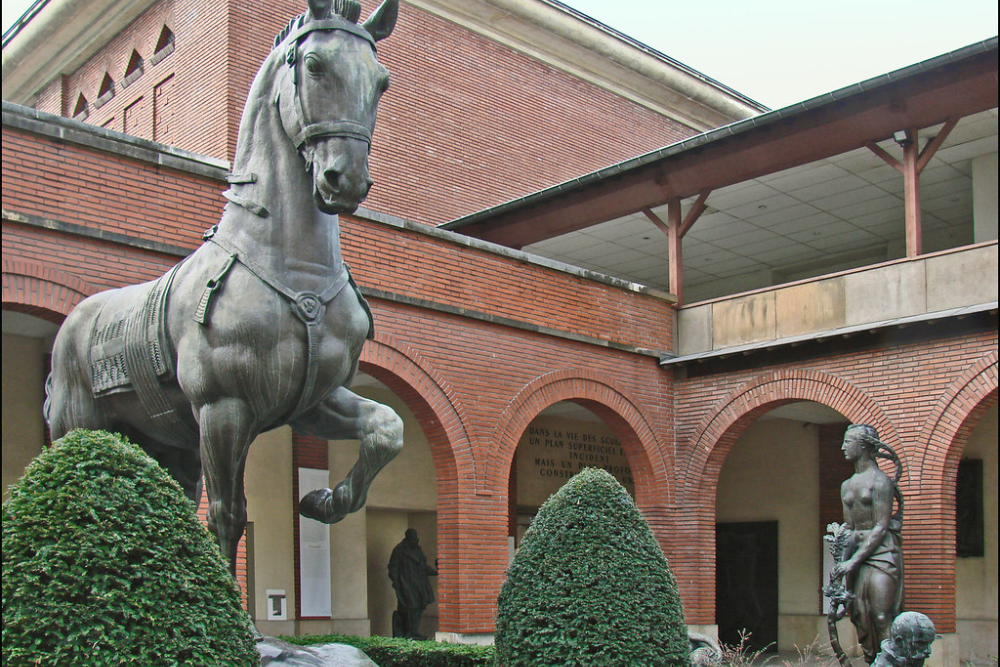
The preserved studio complex of sculptor Antoine Bourdelle includes the artist’s apartment, workshops, and purpose-built exhibition halls displaying his monumental works. The multi-level garden dotted with bronze sculptures creates one of Paris’s most magical hidden spaces.
Unlike many single-artist museums, the variety of indoor and outdoor spaces prevents aesthetic fatigue. Its location near Montparnasse places visitors in the neighborhood where countless artists lived and worked during Paris’s creative heyday.
Maison de Victor Hugo

Overlooking Place des Vosges, Paris’s oldest planned square, this apartment museum celebrates France’s literary giant through rooms decorated to reflect different periods of Hugo’s life. The Chinese-inspired dining room showcases the author’s own eccentric furniture designs and decorative arts skills.
Beyond displaying personal items, the museum contextualizes Hugo’s immense influence on French culture and politics. Its location on one of Paris’s most beautiful squares adds to the visitor experience, particularly when combined with exploring the surrounding Marais district.
Like Travel Pug’s content? Follow us on MSN.
Musée de Cluny

While currently undergoing phased renovations, this medieval museum built atop ancient Roman baths remains one of Paris’s most distinctive cultural sites. The famous Lady and the Unicorn tapestry series represents just one highlight among thousands of Middle Ages artifacts displayed within medieval architecture.
The visible Roman bath remnants underneath the building create a remarkable historical palimpsest spanning nearly 2,000 years. Its location in the Latin Quarter places it amid some of the city’s oldest streets, extending the historical experience beyond the museum walls.
Musée Albert-Kahn
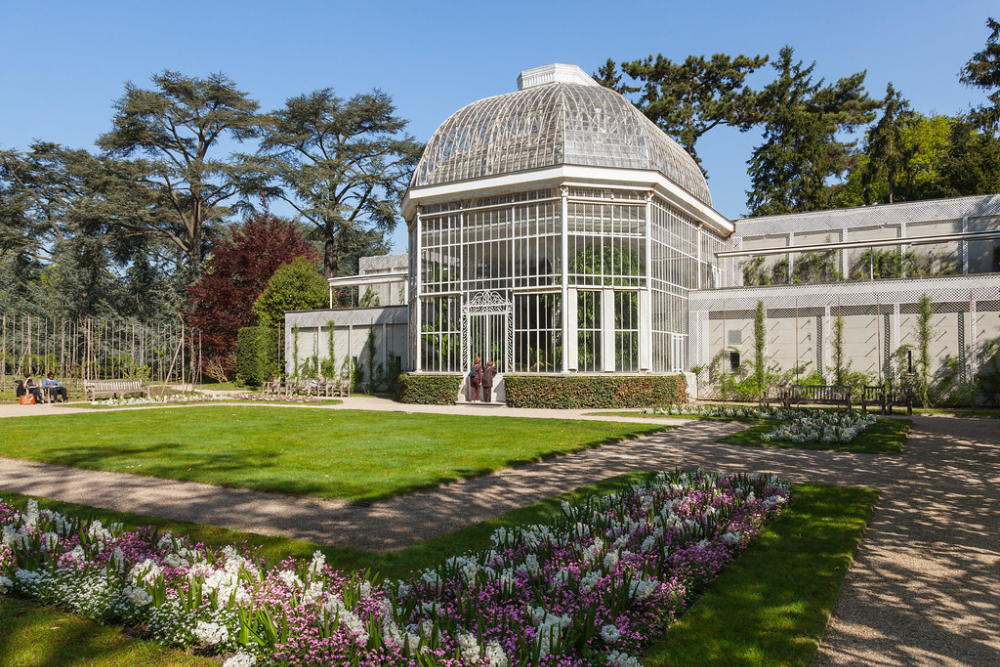
Recently reopened after extensive renovations, this suburban museum in Boulogne-Billancourt showcases banker Albert Kahn’s early color photography collection alongside his remarkable international gardens. Kahn’s early 20th-century project to create a photographic ‘Archive of the Planet’ resulted in 72,000 color photographs documenting cultures worldwide.
The Japanese, French, and English gardens designed to foster cross-cultural understanding remain one of Paris’s most beautiful green spaces. Though requiring a short metro journey, the site offers an entirely different museum experience focused on cultural dialogue.
Musée des Arts Décoratifs
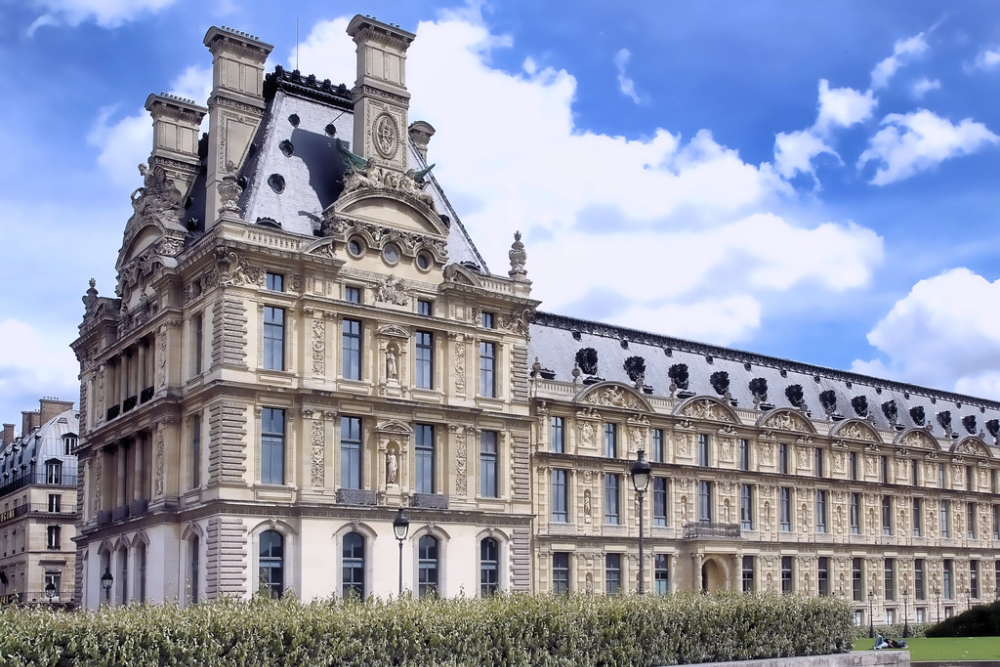
While technically connected to the Louvre, this decorative arts museum maintains a distinct identity focused on design, fashion, and advertising across centuries. Period rooms showcasing furniture and interior design from the Middle Ages through Art Deco create immersive historical experiences.
Temporary exhibitions often explore the intersection of art, commerce, and daily life through unexpected themes. Its shop ranks among Paris’s most tempting for design enthusiasts seeking alternatives to standard souvenirs.
Like Travel Pug’s content? Follow us on MSN.
Musée de l’Orangerie
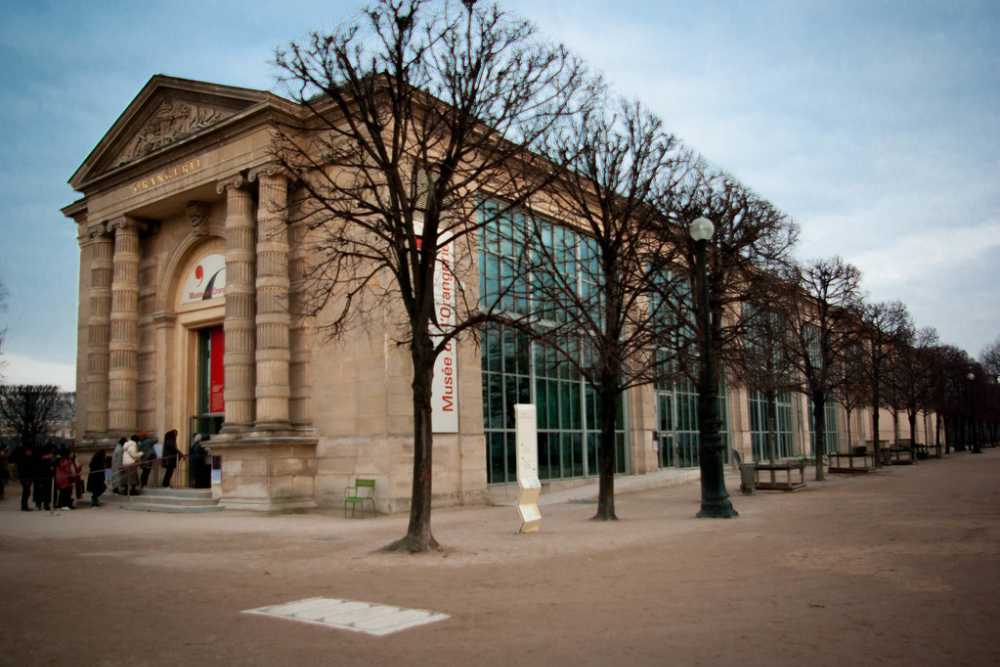
Though not exactly hidden, Orangerie remains substantially less crowded than nearby Orsay or the Louvre. The purpose-built oval rooms housing Monet’s massive water lily paintings create one of Paris’s most perfectly realized artistic spaces.
The lower level houses an exceptional collection of early 20th-century works by Matisse, Picasso, Renoir, and others. Morning visits often allow near-solitary contemplation of masterpieces that become crowded by afternoon.
Its location in the Tuileries Gardens adds natural beauty to the artistic experience.
Musée Zadkine
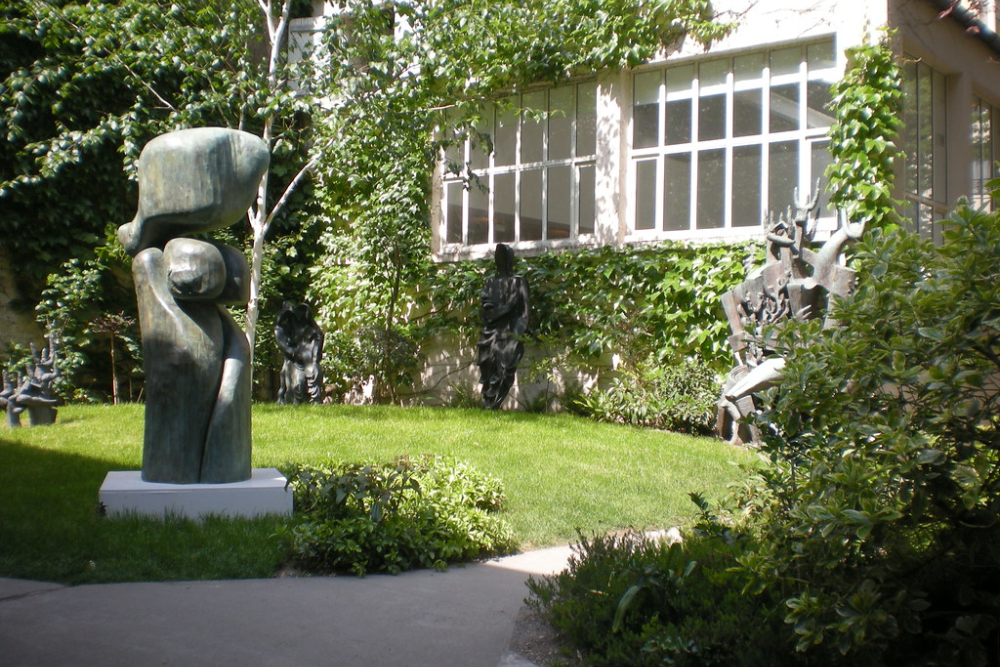
This hidden studio home of Russian-born sculptor Ossip Zadkine sits on a quiet Left Bank street near the Luxembourg Gardens. The modernist sculptures displayed throughout the house and garden create a harmonious dialogue between art and space that larger museums struggle to achieve.
The garden’s integration with the exhibition space makes weather a feature rather than an impediment to enjoyment. Its intimate scale encourages a close examination of Zadkine’s expressive, sometimes haunting figures.
Fondation Louis Vuitton
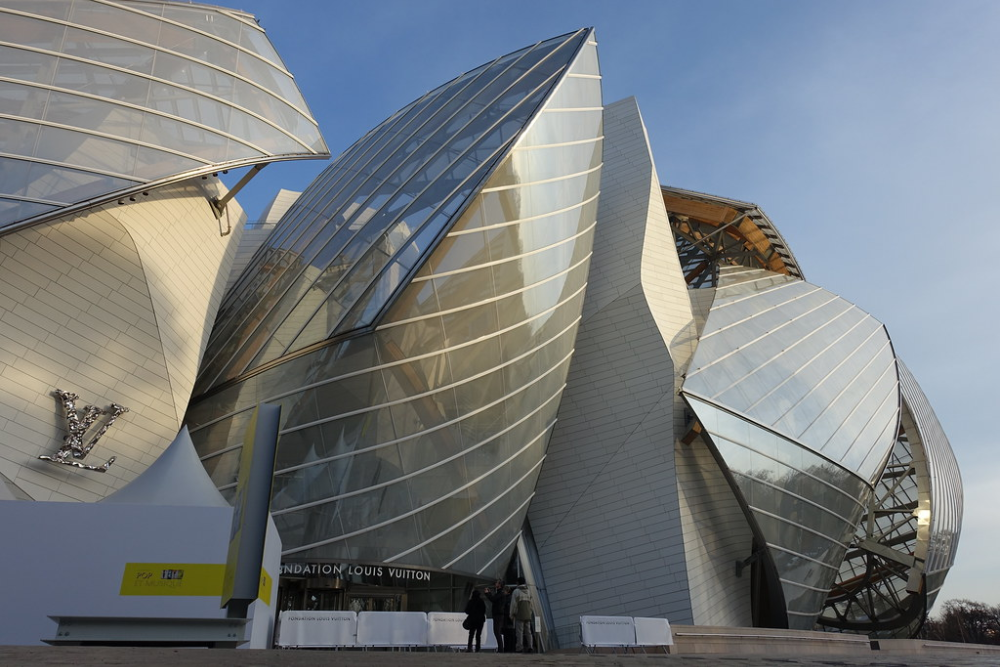
Though newer and more significant than most entries on this list, this Frank Gehry-designed contemporary art center in the Bois de Boulogne remains under-visited compared to central Paris museums. The building itself represents a sculptural masterpiece of undulating glass ‘sails’ that transform with changing light conditions.
Temporary exhibitions focus on contemporary art’s leading figures, while the permanent collection grows increasingly significant. Its setting within Paris’s largest park adds natural beauty to the architectural spectacle.
Like Travel Pug’s content? Follow us on MSN.
A Different Way to Experience Paris
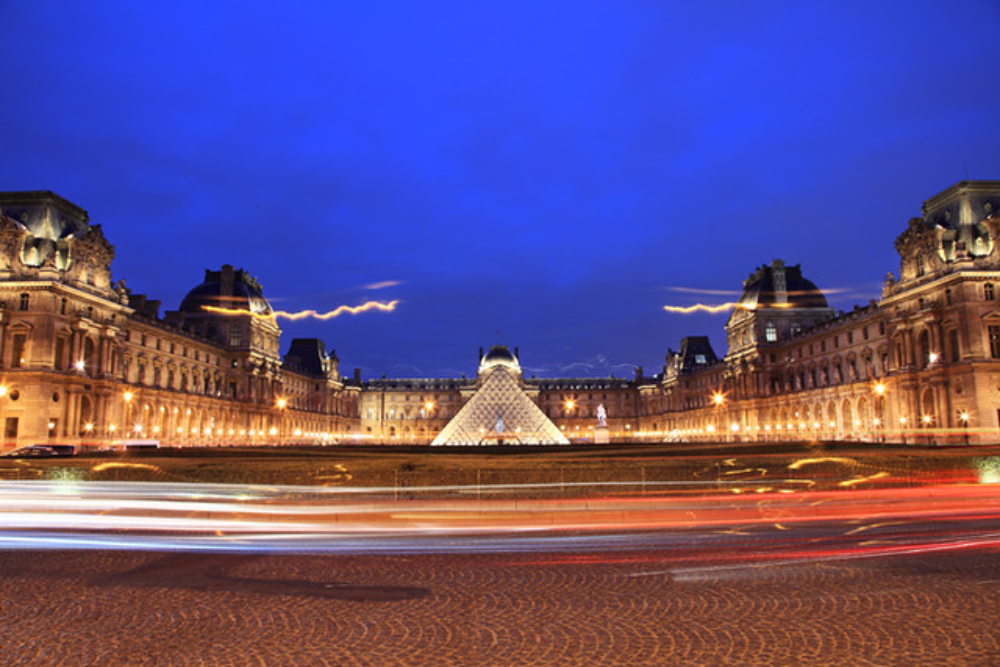
These lesser-known museums offer more than just shorter queues – they provide windows into aspects of French culture, history, and art often overlooked by standard tourist itineraries. Their smaller scale allows more intimate connections with collections, while their distribution throughout Paris encourages the exploration of diverse neighborhoods beyond the standard tourist circuit.
By venturing beyond the handful of famous institutions that dominate guidebooks, visitors discover the remarkable depth and breadth of Paris’s cultural landscape. The next time you find yourself deterred by the Louvre’s overwhelming size or the Orsay’s lengthy entrance line, remember that equally rewarding experiences await in these exceptional alternatives.
More from Travel Pug

- 20 Destinations That Were Once Thriving but Are Now Quietly Disappearing
- 15 Hidden Spots in Disney World’s Magic Kingdom Most Visitors Miss
- 20 Once-Popular Beach Towns That Are Now Ghostly Empty
- 20 Beautiful US Lakefront Towns Where You Can Live for Under $2000 a Month
- 20 Caribbean Islands That Are Safer Than People Think
Like Travel Pug’s content? Follow us on MSN.
